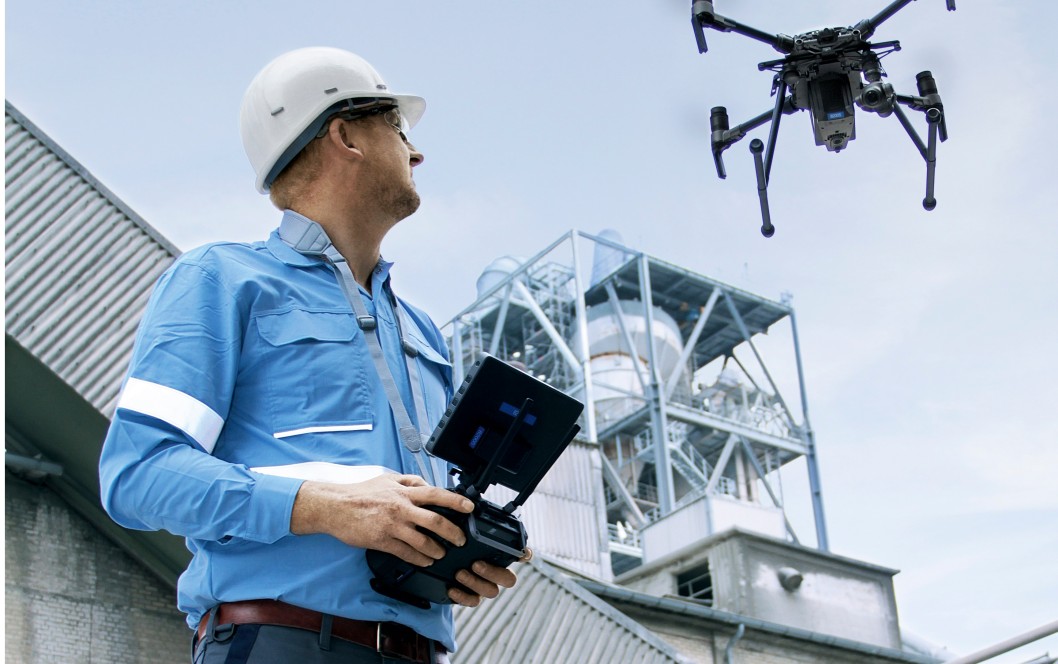Unmanned Aerial Vehicles (UAVs), commonly known as drones, have revolutionized various industries by offering innovative and efficient solutions to longstanding challenges. One of the most impactful applications of UAV technology is in inspection services. Whether it's monitoring critical infrastructure, assessing environmental conditions, or inspecting hard-to-reach areas, UAV inspection solutions are playing a pivotal role in enhancing efficiency, safety, and accuracy across diverse sectors.
I. Infrastructure Inspection:
UAVs have become indispensable tools for inspecting critical infrastructure such as bridges, power lines, and pipelines. Traditional inspection methods often involve manual labor and pose significant safety risks. UAVs equipped with high-resolution cameras and sensors can efficiently navigate complex structures, capturing detailed images and data. This not only expedites the inspection process but also minimizes human exposure to potentially hazardous environments.
For instance, in the energy sector, UAVs equipped with thermal cameras can detect anomalies in power lines or substations, preventing potential failures and ensuring uninterrupted power supply. The ability to conduct thorough inspections without the need for physical contact with infrastructure elements significantly reduces downtime and maintenance costs.
II. Environmental Monitoring:
UAVs have proven to be invaluable in environmental monitoring, particularly in hard-to-reach or hazardous areas. Whether it's tracking changes in biodiversity, assessing the impact of natural disasters, or monitoring pollution levels, drones equipped with specialized sensors provide real-time data that can inform decision-making and policy implementation.
In agriculture, UAVs equipped with multispectral cameras can monitor crop health, detect diseases, and optimize irrigation practices. This not only enhances crop yields but also promotes sustainable farming practices by minimizing the use of resources such as water and pesticides.
III. Oil and Gas Industry:
The oil and gas industry faces unique challenges when it comes to inspections, often involving vast and remote facilities. UAVs equipped with advanced sensors and cameras can perform inspections of pipelines, offshore platforms, and storage tanks with unprecedented efficiency. This reduces the need for manual inspections, which can be time-consuming and pose safety risks.
Moreover, UAVs are capable of reaching areas that are difficult for humans to access, such as elevated platforms or offshore structures. This ability to navigate challenging terrains enhances the overall safety of the inspection process while providing accurate and high-quality data.
IV. Benefits of UAV Inspection Solutions:
a. Cost-Effective: UAV inspections eliminate the need for expensive equipment and manual labor, leading to cost savings for businesses.
b. Time-Efficient: Drones can quickly cover large areas and capture detailed data in a fraction of the time it would take using traditional methods.
c. Safety: By reducing the need for human workers to access hazardous environments, UAVs enhance overall safety and minimize the risk of accidents.
d. Precision and Accuracy: Advanced sensors and cameras on UAVs ensure precise data collection, allowing for more accurate analysis and decision-making.
e. Environmental Impact: UAV inspections can contribute to sustainable practices by minimizing the environmental impact associated with traditional inspection methods.
UAV inspection solutions have emerged as a transformative force across various industries, addressing longstanding challenges and unlocking new possibilities. From infrastructure inspections to environmental monitoring and beyond, the versatility and efficiency of drones are reshaping the way businesses operate. As technology continues to advance, the integration of UAVs into inspection processes will likely become even more widespread, further optimizing operations, enhancing safety, and driving innovation across diverse sectors.





Comments